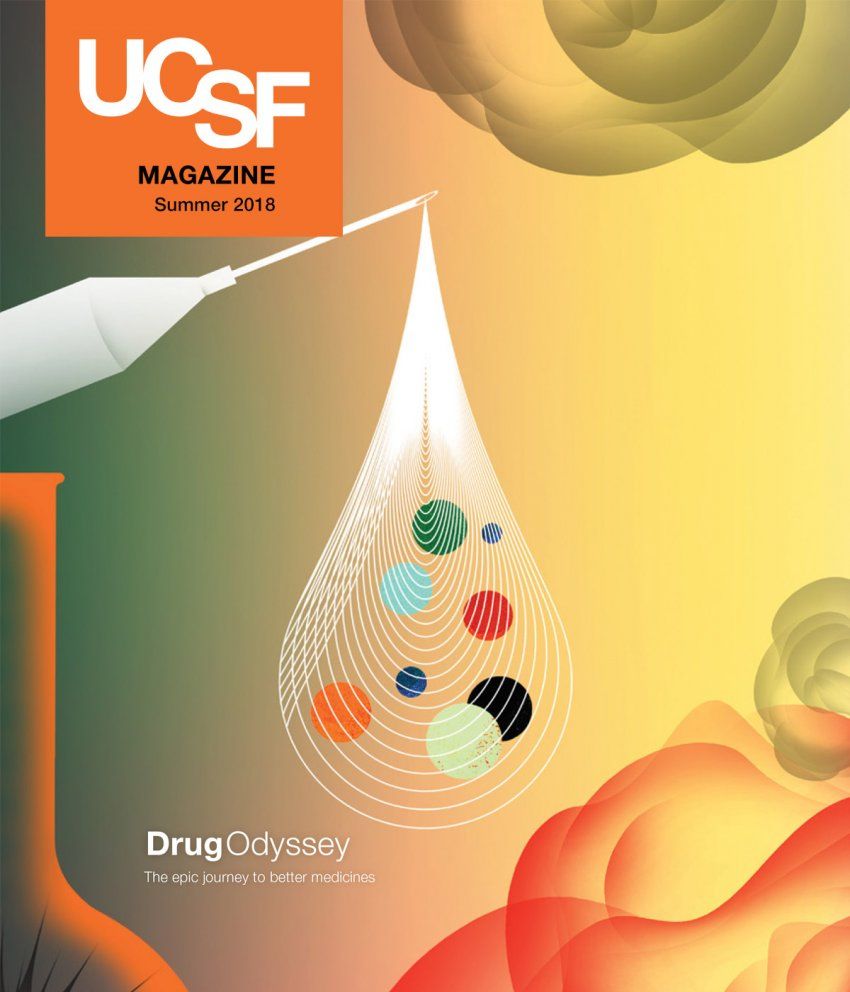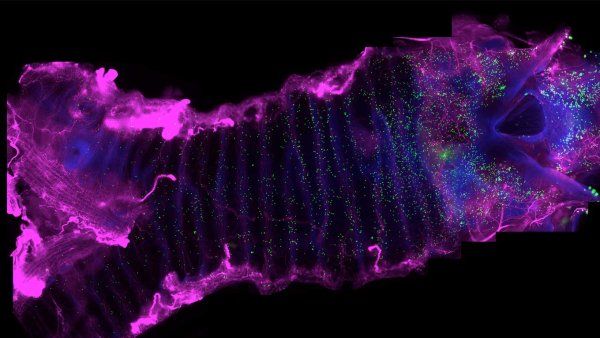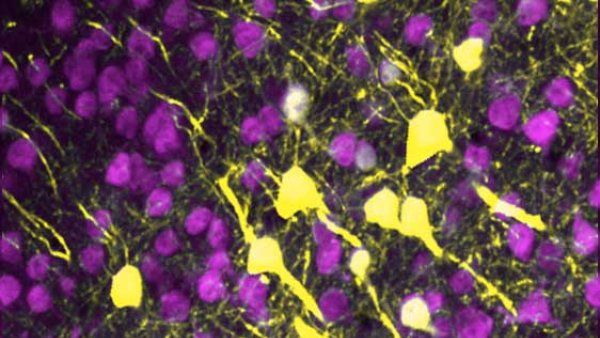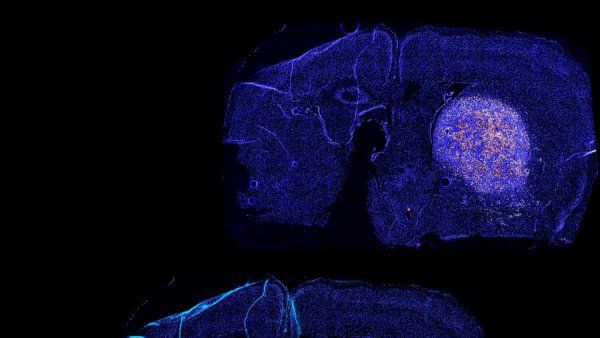
Staying Safe in the Sun
Skin cancer is the number-one cancer diagnosis in the United States – it’s more common than breast, prostate, and lung cancers combined.
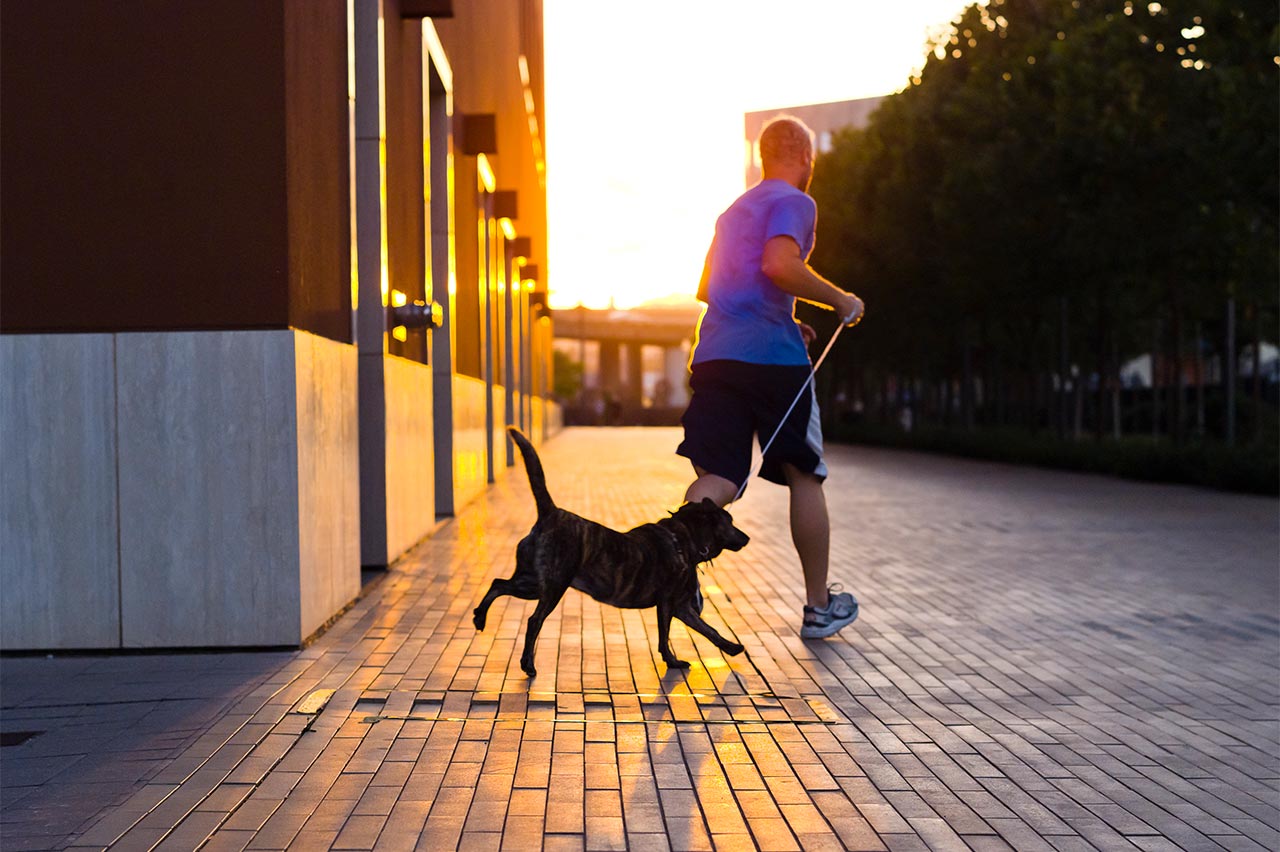
Photo: Elena Zhukova
Skin cancers can be divided into two types – nonmelanoma (basal and squamous cell carcinomas) and melanoma, with melanoma being the least common but most life-threatening. Each year, some 90,000 people are diagnosed with melanoma. Sarah Arron, MD, PhD, shares her thoughts on skin cancer prevention and helps separate the facts from the hype.
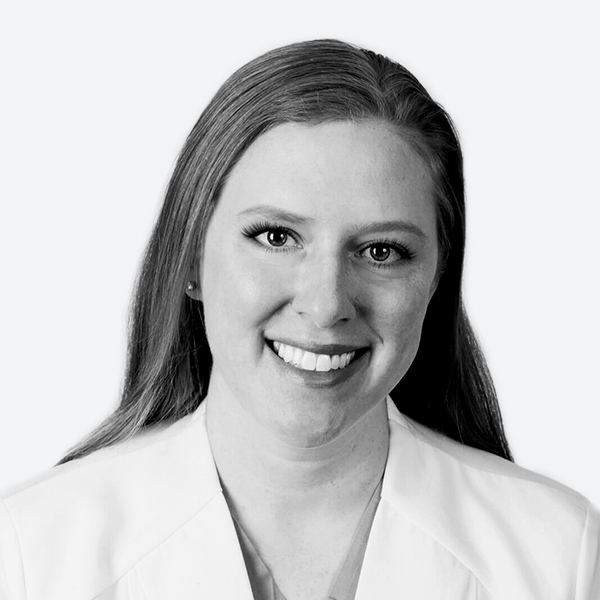
Sarah Arron, MD, PhD, resident alumna, director of the High Risk Skin Cancer Program at UCSF
What does broad-spectrum mean?
It means the sunscreen provides protection from both types of damaging ultraviolet (UV) radiation – UVA and UVB. Both contribute to skin aging and skin cancers. UVB is the dominant sunburn and suntanning ray, whether the ultraviolet rays come from the sun or a tanning salon, while UVA penetrates deeper into the skin, causing premature aging and wrinkling. The SPF number measures only UVB protection, so you need to make sure your sunscreen specifies UVA protection as well.
Chemical vs. mineral?
Each has its pros and cons. Mineral sunscreens contain titanium and zinc oxide. People with sensitive skin may have less reaction to a mineral sunscreen. Some of my patients prefer minerals due to concern about chemical safety and a preference for a natural approach. The downside is that these may feel thicker and heavier and can leave a ghost-like sheen on the face. Chemical sunscreens include avobenzone and oxybenzone in their ingredients and are usually formulated to feel lighter and appear more elegant. Neither is more protective than the other.
Do people with dark skin need to wear sunscreen?
Yes. When the sun affects our skin, there are two levels of damage. One is immediate, which we recognize as sunburn and which mostly affects lighter-skinned individuals. Patients with darker skin who don’t get sunburned may think their skin is protected, but there’s a second kind of damage that leads to loss of elasticity and premature aging of skin, as well as DNA mutations in the cells that may ultimately cause skin cancer.
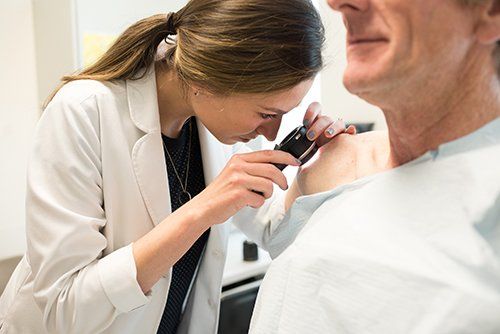
Carina Woodruff, MD, examines a patient during a free skin cancer screening at UCSF. Photo: Barbara Ries
What are the warning signs of cancer?
In general, with skin cancer we’ll see a persistent lesion that is growing and changing in shape and appearance and that bleeds without ever healing. It’s very important that people get to know their own skin and their own spots, so that when new things appear they can point them out to their primary care doctor or dermatologist. I recommend a head-to-toe screening with a dermatologist to establish a baseline for the future.
Which skin-protection websites are trustworthy?
For our organ transplant recipients (who have a 60- to 100-fold higher risk of skin cancer), we produced a downloadable booklet – and the information in it is relevant to all patients: skincancer.ucsf.edu. The Skin Cancer Foundation also has good information. And the Environmental Protection Agency reports the UV Index on a scale of 1 to 10 by ZIP code.
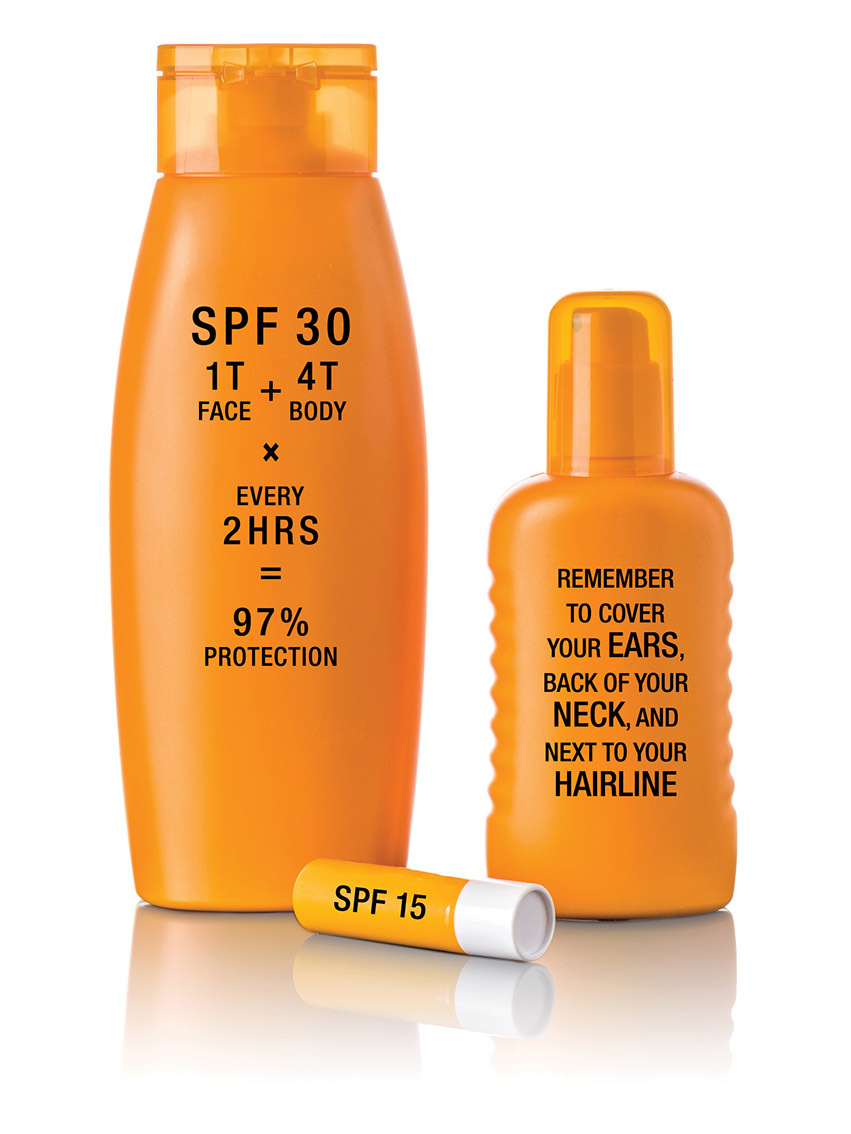
Which SPF?
The sun protection factor (SPF) number indicates the time it will take for UVB rays to redden your skin. I tell my patients to choose SPF 30 or higher because most people do not apply sunscreen as directed.
SPF moisturizer?
These are a great idea! It’s important that you like wearing the sunscreen enough to make it a part of your daily routine.
Eyes and lips?
Wear lip balm with SPF 15 and sunglasses with UV blockers in the lenses.
If being in the sun makes me happy, why should I protect myself from it?
Sun exposure can boost mood, and that makes sunshine addictive for some people. We like to rationalize that addiction by saying it must be healthy if it makes us feel or look good. But it’s not.
There is no such thing as a healthy tan, even though the tanning bed industry promotes its products that way. Until we dismiss the idea of a “healthy” tan, we’ll continue to see an epidemic of skin cancer in this country.
Are there other ways to prevent skin cancers?
Seek the shade and avoid outdoor activities during the peak sun hours of 10 a.m. to 2 p.m. Sports enthusiasts can go out in the early morning, take a break, and go out again later in the afternoon.
You can also buy UV protective clothing, including hats (in many styles), swim tights, swim shirts, sleeves for tennis players, and more.
What about my vitamin D levels?
It’s true that one of the ways our skin makes vitamin D is through UV radiation. But there are many other ways to get vitamin D, such as leafy greens, fortified milk, and supplements. Moreover, it’s rare that individuals are so scrupulous about avoiding sun exposure that it causes vitamin D deficiency.

